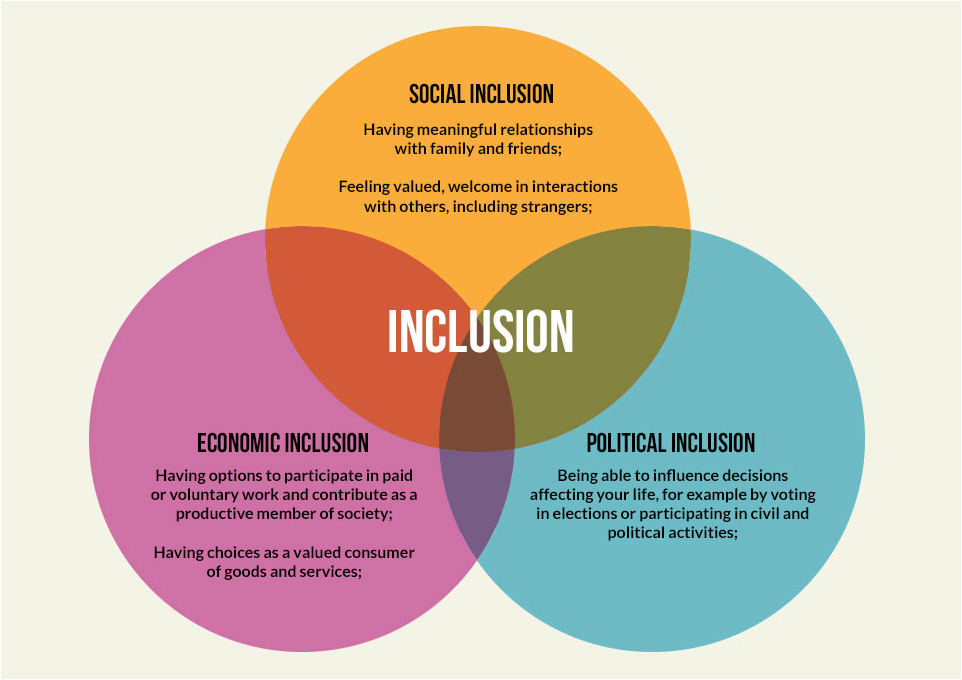
How many of thesestudents study none of the three subjects? Tocompensate for the "over" subtraction, we add back |M^S|, as follows:|~M^~S| = |T| - (|M| + S|) + |M^S|.ĮXAMPLE 4: Among 18 students in a room, 7 studymathematics, 10 study science, and 10 study computer programming.Also, 3 study mathematics and science, 4 study mathematics andcomputer programming, and 5 study science and computer programming.We know that 1 student studies all three subjects. That is the value 2 here, or in general, |M^S|. When we subtract |M| and |S| from |T|,we are twice subtracting the number of elements in the intersectionof the two sets. Why is this insufficient?Look back at the Venn diagram. īut |~M^~S| is not equal to |T| - (|M| + |S|), a pattern we mighthave tried based on the first two examples. How do our calculations compare tothose made in the first two examples? We have |T| = 10, |M| = 5, |S|= 6, and |M^S| = 2. This is a relatively straightforward determination, especiallywith the aid of the Venn diagram. This accounts for 9people, so the remaining 1 person must study neither mathematics norscience. We know there are 2 people who study both mathematics and science,so we place a 2 at the intersection of the two properties (circles).We must then have 3 who study mathematics but not science (because 5in all study mathematics), and 4 who study science but notmathematics (because 6 in all study science). We use T to represent the entire group ofstudents, M to represent the property "study mathematics" and S torepresent the property "study science." In thefigure here we represent each property with a circle, and the portionon the circles that overlap, or intersect, represents elements withboth the properties. How many of these students study neithermathematics nor science?įor this problem, we first refer to a Venn diagram, a visual toolwe could have employed in the first two examples as well. Therefore, 67 elements of S are not divisible b圓.ĮXAMPLE 3: Among 10 students, 5 study mathematics, 6 studyscience, and 2 study both. So ~C is the property "not wearing acap." This gives us |~C| = |T| - |C| = 10 - 4 = 6.ĮXAMPLE 2: In the set S = and it has 33 elements. We typically usea slash over the top of the letter to represent the complement of theproperty. If we use T to represent all spectators and C torepresent the property "wearing a cap," we can apply conventionalmathematics notation to represent the number of items orelements having the property: |T| = 10 and |C| = 4.

Let us introduce mathematicalnotation that will, eventually, be helpful in expressing ageneralization of this result. Straightforward subtraction yields the result: 10 - 4 = 6. We begin with several examples to generate patterns that will lead to a generalization, extension, and application.ĮXAMPLE 1: Suppose there are 10 spectators at a ball gameand 4 are wearing caps.

Our goal here is to efficiently determine the number of elements in a set that possess none of a specified list of properties or characteristics. MAT 305: Combinatorics Topics for K-8 Teachers (previous) .Illinois State University Mathematics Department

2014: Christopher Clapham and James Nicholson: The Concise Oxford Dictionary of Mathematics (5th ed.) .Let $f: \SS \to \R$ be an additive function. Let $A_1, A_2, \ldots, A_n$ be finite sets.


 0 kommentar(er)
0 kommentar(er)
